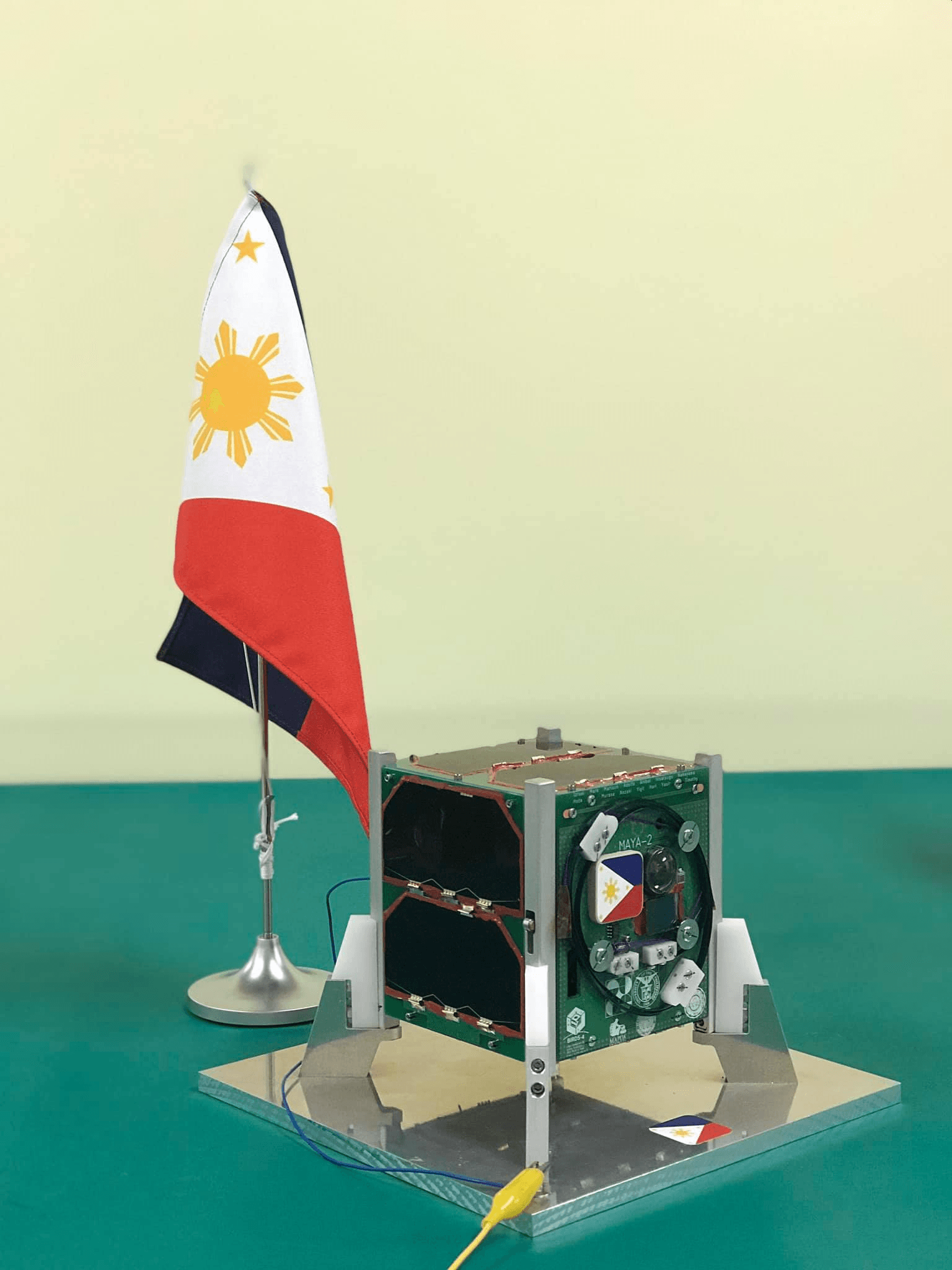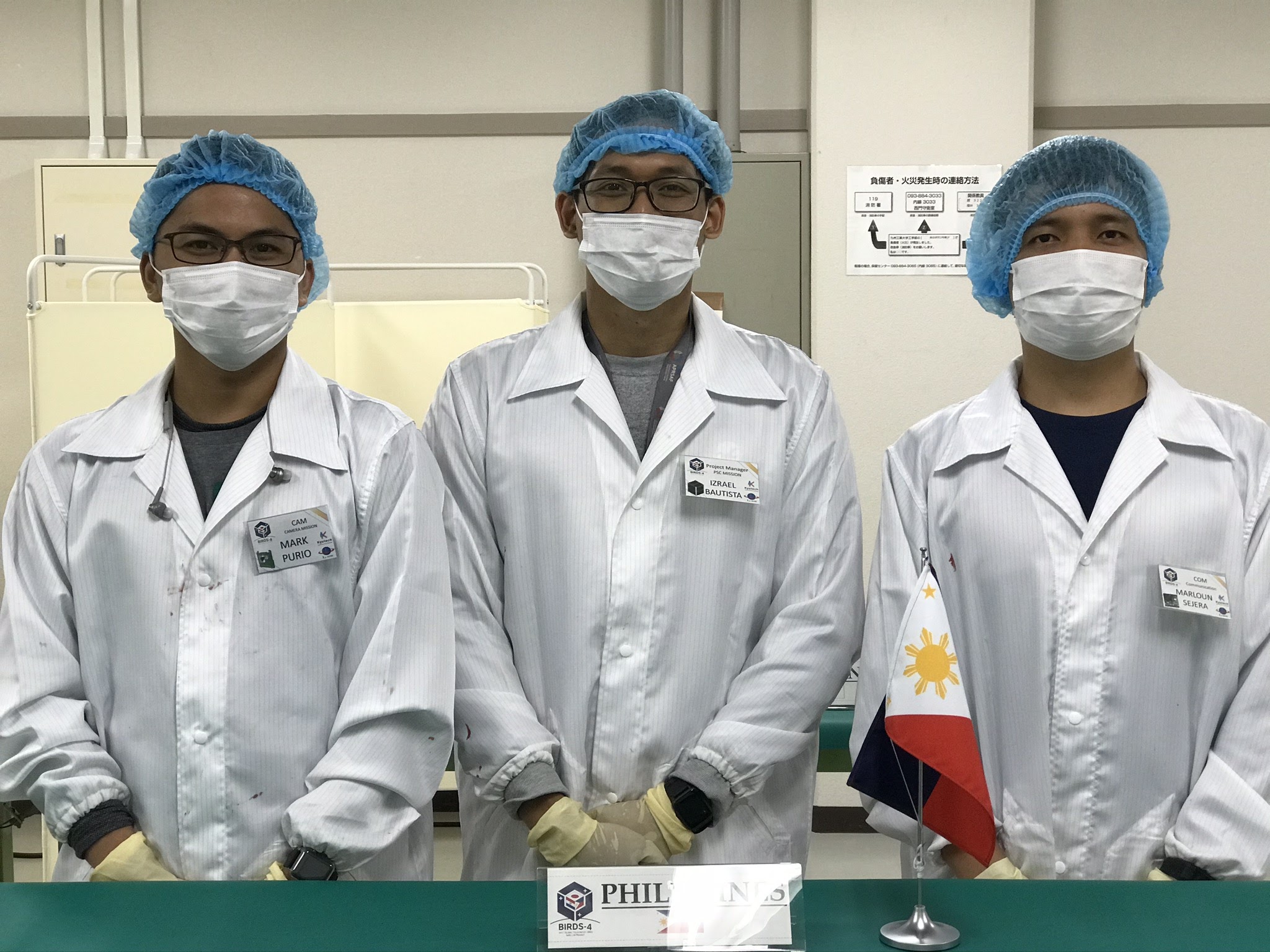SUMMARY
This is AI generated summarization, which may have errors. For context, always refer to the full article.

The Philippines’ Maya-2 cube satellite was launched on Sunday, February 21, making it the 2nd cube or nanosatellite launched by the country following the Maya-1 in 2018, and the 4th overall following the Diwata-1 and Diwata-2 microsatellite launches in 2016 and 2018, respectively.
Maya-2 was launched to the International Space Station (ISS) at 1:36 am aboard the S.S. Katherine Johnson spacecraft, launching from NASA’s launch site at Wallops Island, Virginia. The satellite is sent to the ISS before it will be sent to its targeted altitude in Low Earth Orbit, at a date that’s yet to be determined.
Two other nanosatellites joined the Maya-2: Japan’s Tsuru and Paraguay’s Guarani-Sat 1. Nanosatellites are categorized as such for having a mass between 1 to 10 kilograms while microsatellites such as the Diwata-1 and 2 range from 10 to 100 kilograms.
The Maya-2, Tsuru, and the Guarani-Sat 1 were all developed under Japan’s Kyushu Institute of Technology’s 4th Joint Global Multi-Nation Birds Satellite (BIRDS-4) Project.

The Department of Science and Technology says that like Maya-1, Maya-2 is “a technology demonstration and educational platform geared to collect data remotely by Store-and-Forward (S&F) Mechanism.”
It is crucial that the development of cube satellites continues in order to promote “a systems engineering mindset among our researchers,” to find “local partners that can co-develop our space industry,” and enhance the “science, technology, and engineering curricula in K-12 and higher education,” says Maricor Soriano, says the program leader for STAMINA4Space, the DOST-funded space research unit.
When Maya-2 is deployed into orbit, the team will immediately start carrying out the satellite’s missions. As early as now, the Philippines can anticipate more Maya launches in the future with Maya-3, Maya-4, Maya-5, and Maya-6.
“We hope for a successful launch today and deployment of the satellites from ISS soon. We are now preparing for the satellite operation and mission execution,” Maya-2 engineer Mark Angelo Purio says. – Rappler.com
Add a comment
How does this make you feel?

There are no comments yet. Add your comment to start the conversation.